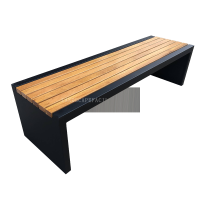Welcome to the website for landscape facilities products and knowledge.
How does marble’s thermal mass affect microclimates?
Marble, a natural stone renowned for its elegance, plays a surprising role in regulating microclimates due to its exceptional thermal mass. Thermal mass refers to a material’s ability to absorb, store, and gradually release heat, acting as a thermal buffer. Marble’s high density and specific heat capacity allow it to absorb excess heat during the day and slowly release it at night, stabilizing temperature fluctuations in its surroundings.
This property makes marble particularly valuable in architecture and urban design. Buildings clad with marble or featuring marble interiors experience reduced temperature extremes, lowering reliance on artificial heating and cooling systems. In outdoor spaces, marble pavements or structures can mitigate urban heat island effects by moderating surface temperatures.
Moreover, marble’s thermal inertia contributes to energy efficiency. By delaying heat transfer, it aligns with passive design strategies, reducing energy consumption in both historic and modern constructions. Its slow heat release also creates more comfortable indoor and outdoor environments, enhancing livability in hot climates.
In summary, marble’s thermal mass is a natural solution for microclimate regulation, blending aesthetics with functionality in sustainable design. Its ability to balance temperature shifts underscores its timeless appeal beyond mere visual grandeur.
Related search:

Recommendation
Modern Stainless Steel Begonia Wood Park Chair Outdoor Courtyard Leisure Sun Protection Bench Long Seat